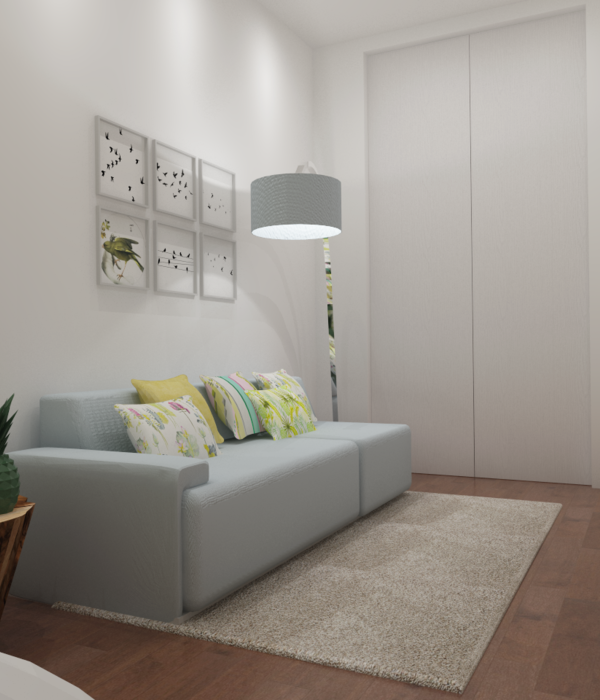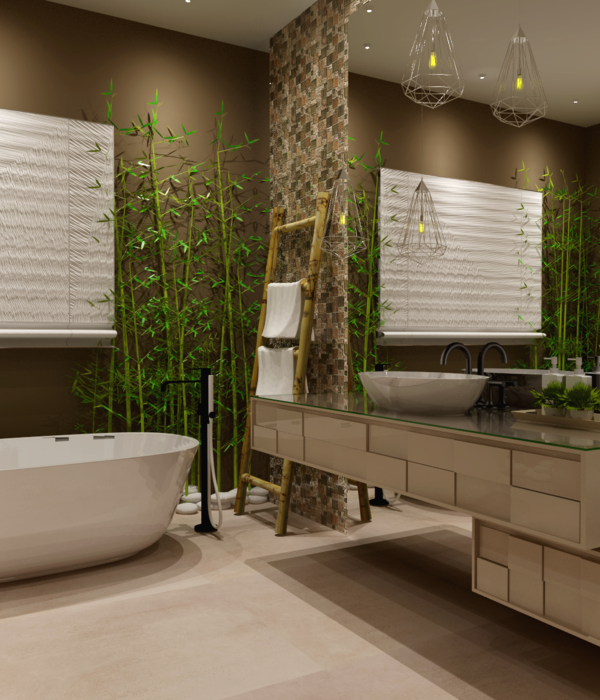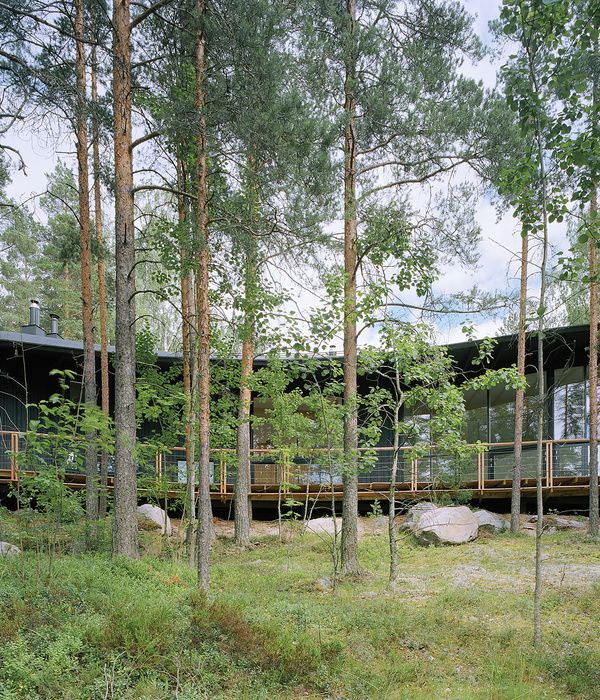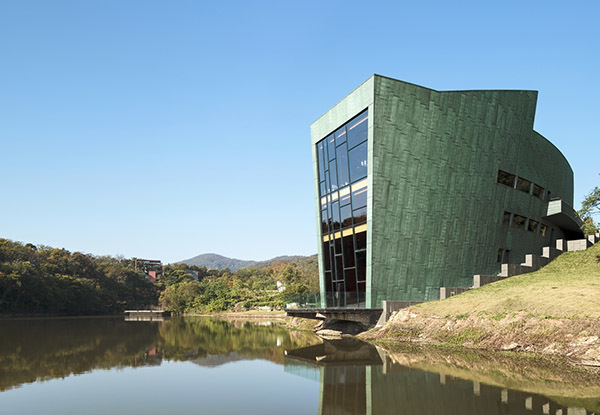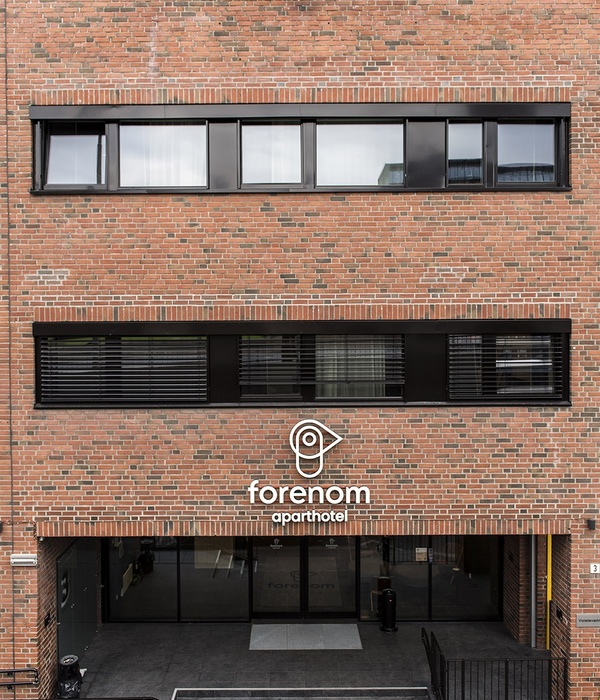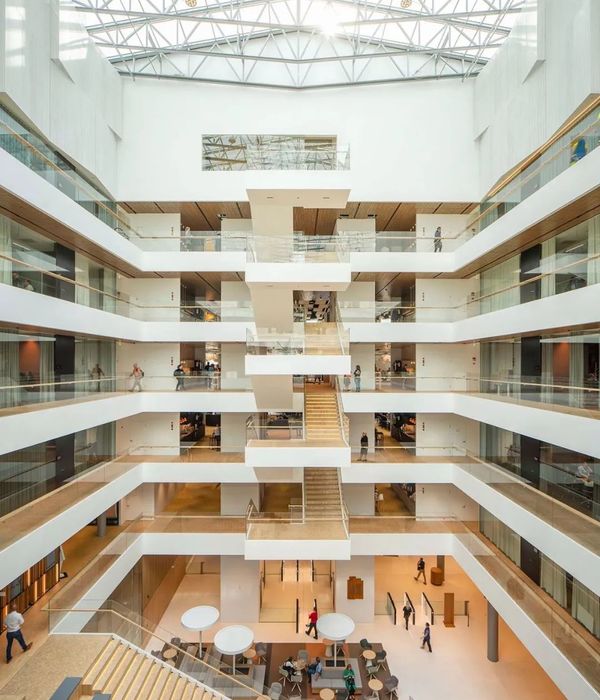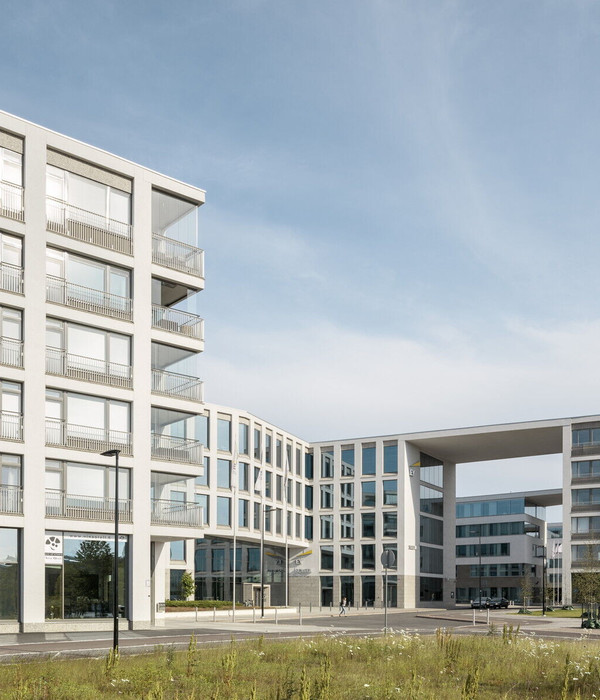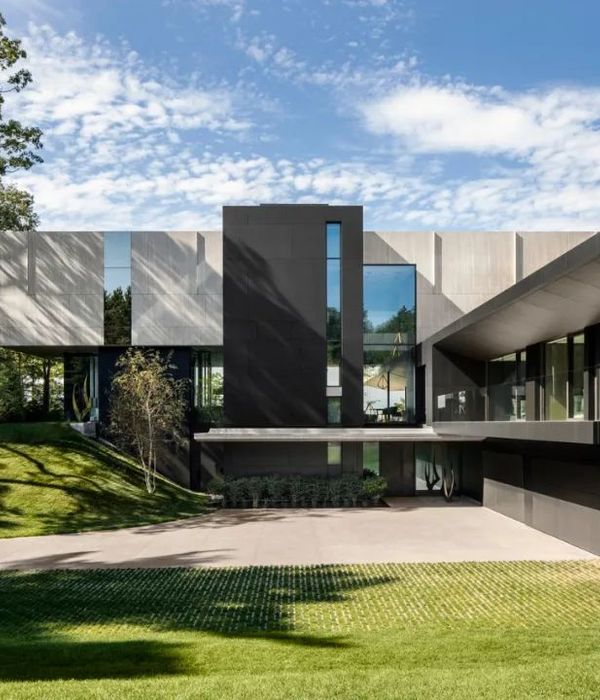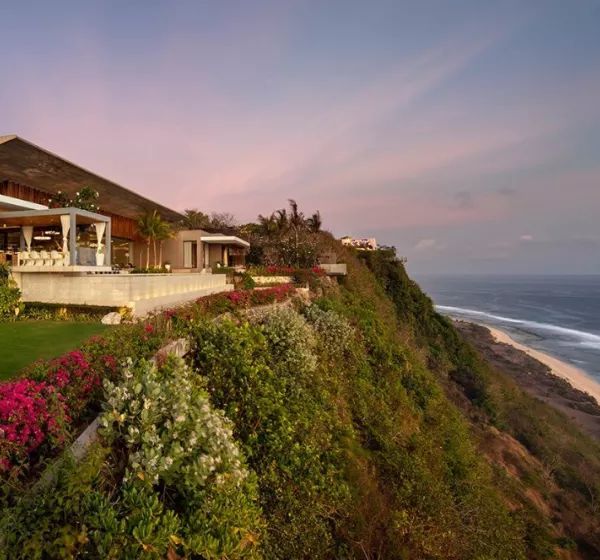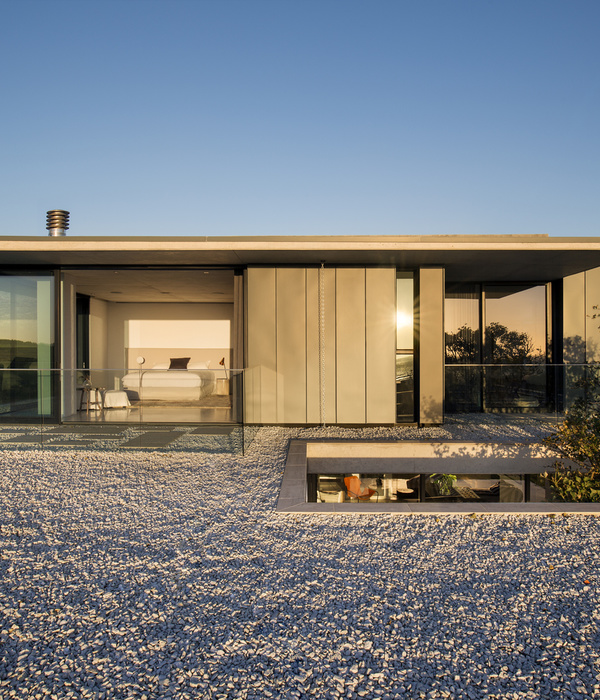200 km from the city of Buenos Aires in a rural environment near the city of
, the commission for the renovation of a small house in the vastness of the Pampas plain arises.
The field called "El Basson" dedicated to agricultural-livestock activities, and above all linked to a recreational space for the family residing in the city, defines its boundaries with the Salado River, Route 41, and other neighboring fields.
The house had to be transformed to respond to new patterns of use, family growth, family gatherings, work meetings, vacations, etc. Likewise, it was pertinent to intervene in all the elements that were part of the field, such as the mill, A tank, lagoon, bonfire, and afforestation, in a general renovation and conditioning plan.
All the spaces had been designed, constructed, and inhabited by relatives who were no longer present. Understanding that all these preexisting elements had a great symbolic charge and were part of the collective memory of the family, the strategy was always to connect to the site while preserving the preexisting elements and using them as a manual of solutions to generate the new architecture. In this way, the repertoire of solutions would always be inspired and connected to the memory and moments lived in that place, "The Family's Field".
The place and its preexisting elements. The horizontality of the landscape, the dominant proportion, which would condition the proportion of the house, its gallery, and the design of the openings, where to look, how to look, how to connect.
The wall condition of the house, two longitudinal load-bearing walls with transverse wooden beams forming roofs and mezzanines, continuing and accentuating that pattern for the expanding sectors. Exposing the wall, revealing the brick, and using the vault with wooden beams that maintain the rhythm of the preexisting elements, thus characterizing the new spaces while respecting the original house.
The red ceramic as a complementary material to the green field, is present in the original flooring of the house, which was undoubtedly the ground that the whole family remembered walking on in the shared moments with their ancestors. We understood that this material was important and could unite all the interventions.
It gave rise to the "red points" scattered throughout the field, characterized by their flooring and base, the well, the pool, the Australian tank, the mill, and the house itself use this material, transforming functional spaces for the dynamics of fieldwork into empathic spaces for family use.
The sky was an unprecedented landscape for us, the absence of light from the field contrasting with the lights of the sky, from here the stargazing lookout was born, a vertical expansion of the house that also solved a new sleeping space, and the vertical circulation system of the house characterized by a particular entry of daylight.
Two other horizontal expansion operations complete the enlargement of the house. On one hand, in the living/dining area, the search for sunset views filtered through a wisteria pergola, and on the other hand, the search for the shelter of the sleeping spaces under the existing tree forest. Both operations valued the existing north-facing gallery.
We finished the intervention with two minimal operations, the inclusion of a small pier on the lagoon that made it possible to inhabit it, and the enhancement of a tree with a very particular morphological condition that had already been appropriated by the family to have some barbecues at its feet, giving rise to the bonfire, a radial landscape intervention that encouraged gathering through the inclusion of appropriate flooring and furniture.
{{item.text_origin}}

